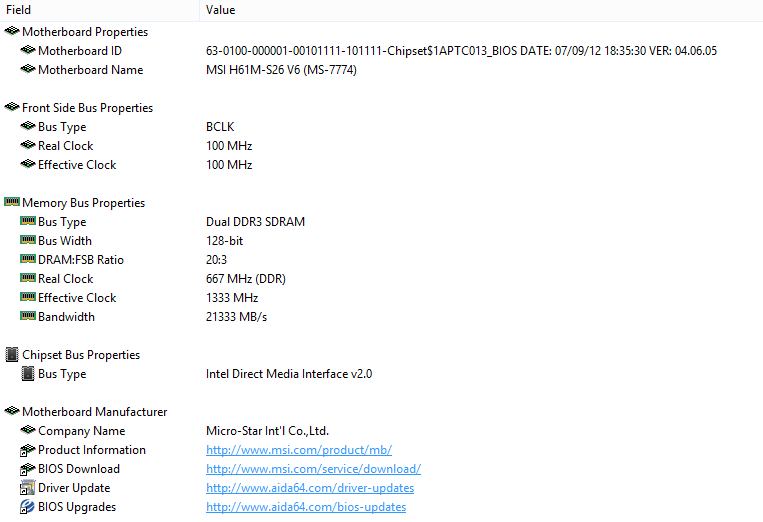

HWMonitor comes in handy whenever you want to perform quick temperature checks of your system. These results come in three different values – maximum value, minimum value, and current value. It lists temperatures and voltages of the core hardware components. The most outstanding feature of this utility software is its simplicity – it breaks down all results within a single window divided into different layouts. HWMonitor will show you all the sensor read out from your motherboard and connecting hardware, including temperature, fan speed, and voltage. Also, if you’re using a premium gaming keyboards with an LCD display, you can use Core Temp to display temps and other info on the keyboard (looks very cool!). Core Temp also supports monitoring for other devices in your machine and has a function to prevent overheating, by shutting down or putting your computer to sleep when the temperatures reach a certain temperature threshold. Core TempĬore Temp is a piece of software that works by measuring the temperature of your processors core values. This software is highly customizable, and allows you to show the memory, and temperatures in game (as a screen overlay) using RivaTuner. MSI Afterburner is a free utility program that not only helps in monitoring temperatures but is also essential in monitoring overclock rates and adjusting the speed of your GPU fans. Using utility programs, such as MSI Afterburner, comes in handy in this case. Sometimes, you may want to monitor the computer’s temperature in real-time, which wouldn’t be possible with the BIOS approach. Check CPU & GPU Temperature in Game MSI Afterburner

The downside of this approach is that you must restart your computer each time you want to check the temperature and you cannot check the GPU/CPU temperature under load (such as in game). Navigate through the different options until you find the processor settings – you will find the temperature reading here (if it was not on the first screen).

The BIOS interface may appear daunting if you are not familiar with it, but it’s usually fairly easy to check the processor temperature. To access your motherboards BIOS interface, restart your gaming computer and press the Delete/Insert/ Random F key (check your bios manual to confirm the key, or watch for on screen instructions during POST) button during the booting up process. You can use a wide variety of utility programs to monitor temperatures, but if that is not your thing, or only want to check once if you suspect overheating, then use your computer’s BIOS.


 0 kommentar(er)
0 kommentar(er)
